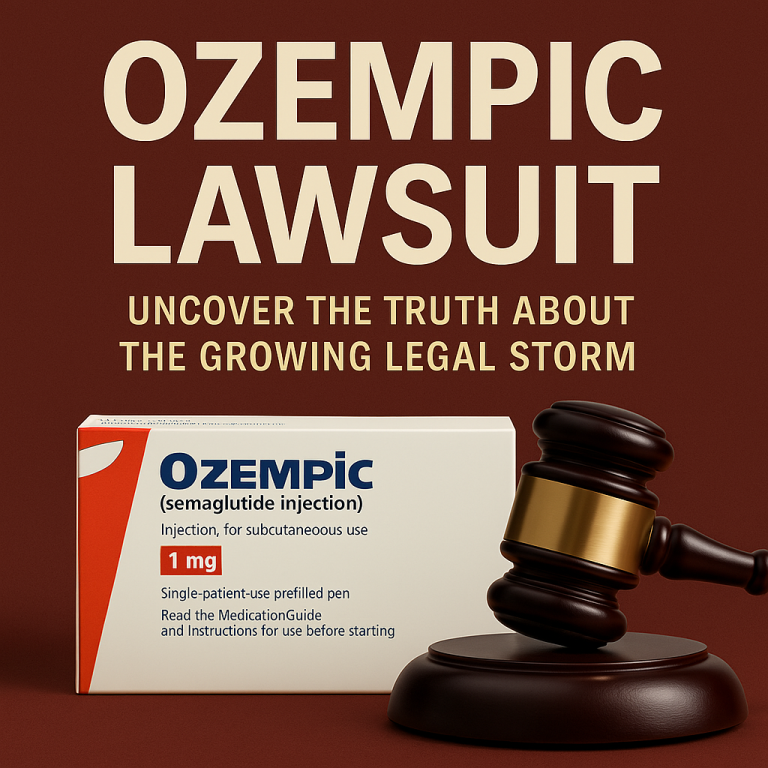You may have heard of firefighting foam causing health risks. One of the most alarming is the link to testicular cancer. The focus of this article is the AFFF testicular cancer lawsuit. AFFF, or aqueous film-forming foam, contains harmful chemicals. These chemicals do not break down easily. They build up in the body and the environment. AFFF has been used for decades in firefighting, particularly in areas where fuel fires are common. Its use has protected property and saved lives. But the cost of that safety is now clearer. PFAS in AFFF have been tied to various cancers. Testicular cancer is one of the most concerning.
Studies show a legitimate connection between AFFF exposure and lifelong health issues. The groups at highest risk are firefighters, airport employees, and military personnel. Now, many of them are suing all over the country. They want relief and fair compensation for the consequences of their exposure. This article explains the full story. You will learn what AFFF is, why it is dangerous, who qualifies to file, and how the legal process works. If you or someone you know was exposed, you need to understand the facts behind the AFFF testicular cancer lawsuit.
What Is AFFF?
AFFF is a foam used to extinguish flammable liquid fires. It is widely used at airports, military installations and fire training facilities. The foam deploys as an aqueous film that provides quick cooling and suffocation of fires. It has been the difference between life and death in emergencies. The harmful chemicals are what’s dangerous. AFFF products contain PFAS, which is short for per- and polyfluoroalkyl substances.
These chemicals are extremely persistent in the environment and resist heat, water, and oil. But they do not leave the environment. They also stay in the human body for years. The two main types of PFAS in AFFF are PFOA and PFOS. Both are toxic. Both have been linked to cancer. Repeated contact or long-term exposure increases the risk. That is why many workers face serious health issues.
AFFF and Testicular Cancer Link
Scientists have studied the effects of PFAS for years. They found strong evidence that PFAS exposure can lead to cancer. One of the clearest links is to testicular cancer. Multiple government and academic studies back this claim. One study followed U.S. Air Force members. It showed that those exposed to AFFF had higher testicular cancer rates. Another found elevated cancer risk among firefighters.
PFAS chemicals can affect hormone levels. They can damage DNA and alter testicular function. This raises the chances of tumors forming. Victims often do not notice symptoms until the cancer spreads. These findings gave rise to the AFFF testicular cancer lawsuit. People harmed by AFFF exposure are now demanding accountability.
Who Can File a Lawsuit?
You may qualify to file a lawsuit if you worked in certain jobs. AFFF exposure often occurs through occupational use. The most common groups include:
- Firefighters who used foam at fire scenes or training drills.
- Military members who handled AFFF during service or base operations.
- Airport staff involved in fuel handling, fire control, or foam cleanup.
- Industrial workers exposed to AFFF in refineries or chemical plants.
You must also show a medical diagnosis. Testicular cancer must be confirmed by a doctor. Finally, your legal team must prove AFFF exposure during work. Some people faced exposure without knowing. If you suspect contact with firefighting foam, speak to a lawyer. You may still qualify for the AFFF testicular cancer lawsuit.
What Damages Can You Claim?
If you qualify, you may claim several types of compensation:
- Medical expenses, including surgeries, treatment, follow-ups, and prescription costs.
- Lost income and job benefits caused by illness, treatment breaks, or permanent disability.
- Physical pain and emotional distress linked to cancer and long recovery periods.
- Lifestyle loss, such as difficulty with relationships, mobility, and independence.
- Punitive damages in rare cases where manufacturers ignored health risks.
Each case is different. The total amount depends on how severe your illness is. It also depends on how clearly your exposure is linked to AFFF. Lawyers will gather medical records, work history, and expert reports. They will show how PFAS exposure caused your cancer. Courts often award large payouts when companies knew the risks but failed to warn people.
Legal Process and Status
The AFFF testicular cancer lawsuit is part of a large group of cases. Many are combined under multi-district litigation (MDL). This allows federal courts to handle similar claims more efficiently.
Lawyers are currently filing new claims across the U.S. Courts are reviewing evidence and expert testimony. Some cases may settle before trial. Others may go to court. Early verdicts often influence later settlements.
The legal process includes:
- Filing your complaint to start your case in court.
- Submitting your cancer diagnosis from a licensed physician.
- Documenting how and when you came into contact with AFFF.
- Giving testimony and documents during discovery.
- Accepting a settlement or moving ahead with a trial.
You should act quickly. Legal deadlines apply. Waiting too long may bar your right to sue.
How to Prepare Your Case
Preparation strengthens your lawsuit. Follow these steps to improve your chances:
- Collect all medical records that detail your diagnosis, treatment, and outcomes.
- Obtain a signed statement from your doctor confirming testicular cancer.
- Create a full work history, especially roles with firefighting or chemical exposure.
- Write down any details about foam handling or safety gear used on the job.
- Contact coworkers who also used or cleaned up AFFF foam.
- Find a lawyer experienced in environmental and chemical lawsuits.
Strong records help lawyers build your case. Clear evidence of AFFF use and illness increases your claim’s value. The right legal team understands PFAS and court rules. They will guide you at every step.
Questions to Ask Before Filing
These questions help you decide your next move:
- When did your symptoms first appear, and what treatments followed?
- Which of your job duties involved direct or indirect contact with AFFF?
- Has your cancer been officially diagnosed by a qualified medical professional?
- Have others at your workplace faced similar diagnoses or symptoms?
- Do you have access to health and job records that prove your exposure?
- Is your case within the legal time frame to file a claim?
Clear answers help your lawyer understand your situation. They also shape your claim’s strength.
AFFF Cancer Lawsuit Summary Table
| Topic | Key Details |
|---|---|
| Common Exposure Jobs | Firefighters, Military, Airport staff |
| Key Chemical Involved | PFAS (PFOA, PFOS) |
| Confirmed Risk | Testicular cancer |
| Legal Status | Active lawsuits under MDL |
| Key Requirement | Proven exposure + cancer diagnosis |
| Possible Damages | Medical, lost wages, pain, punitive |
Conclusion
The AFFF testicular cancer lawsuit seeks justice for victims of chemical exposure. Firefighting foam saved lives. But its toxic ingredients have caused harm. Victims now face long-term illness, emotional stress, and financial loss. If you worked around AFFF and later developed testicular cancer, you may have a case. Lawsuits are growing. Courts now recognize the damage PFAS can cause. Companies that produced or distributed AFFF may be held accountable.
You deserve answers, compensation and peace of mind. Filing a claim may give you all three. It may also protect others in the future by forcing changes in safety rules and chemical use. Now is the time to act. Talk to a qualified attorney. Gather your records. Understand the steps. The truth behind the AFFF testicular cancer lawsuit puts power in your hands.




